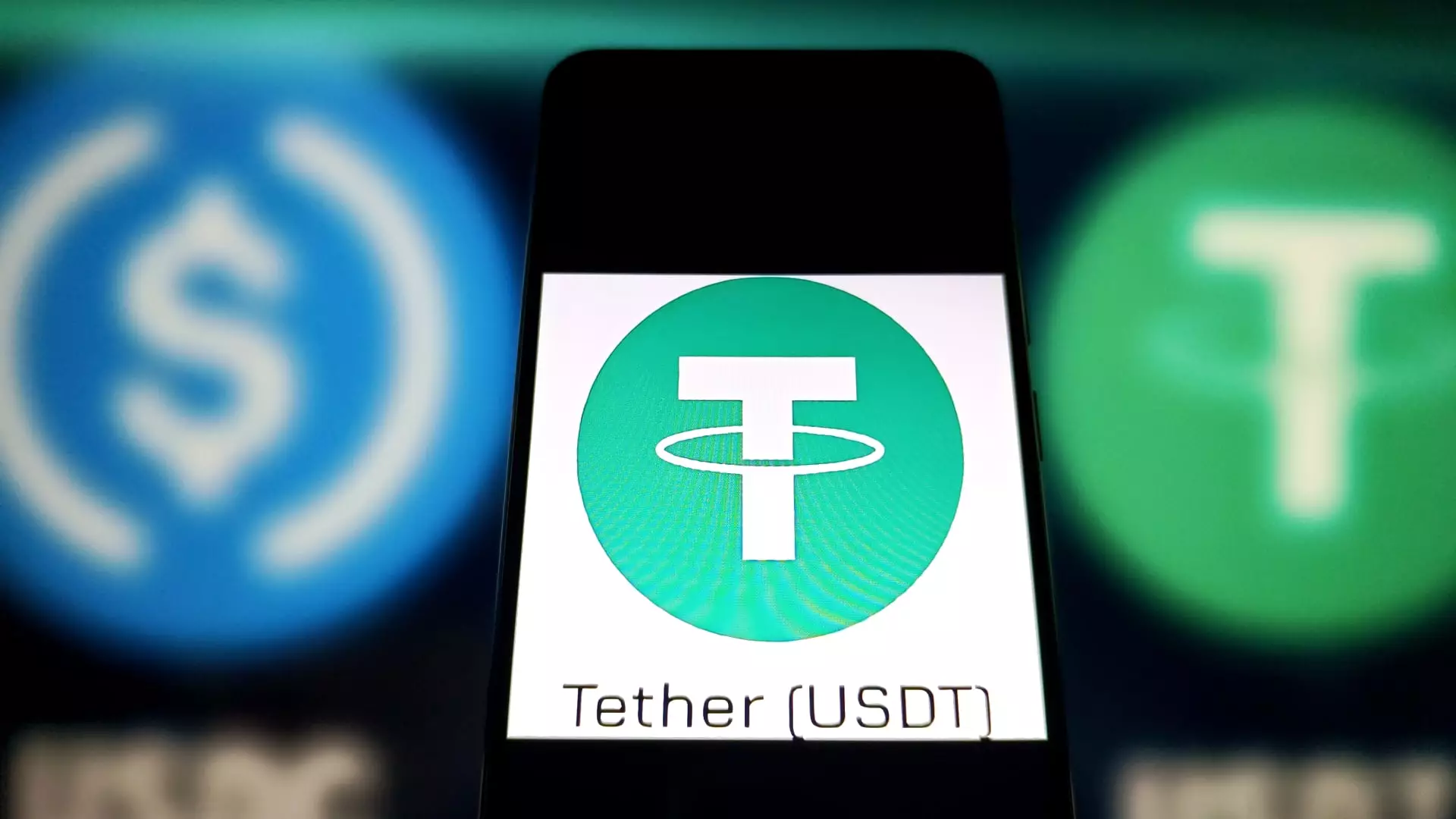In an exhilarating movement towards securing its place as a global hub for digital finance, Hong Kong recently passed a pivotal stablecoin bill, marking a significant step in the evolution of cryptocurrency regulation. This legislation aims to integrate stablecoins—digital currencies whose value remains anchored to real-world assets—into the city’s burgeoning cryptocurrency framework. Unlike their more volatile counterparts such as Bitcoin, the stability of stablecoins lies in their connection to fiat currencies or commodities like gold, allowing them to offer a more predictable lifecycle for investors.
Recognizing the transformative potential of these digital assets, the Hong Kong Monetary Authority (HKMA) has drawn a line in the regulatory sand. From now on, any entity wishing to issue stablecoins must adhere to comprehensive licensing requirements that prioritize transparency and financial integrity. This move emphasizes a stringent management of asset reserves and mandates the segregation of client assets, which serves to protect consumers and foster trust in an industry often plagued by uncertainty.
The Impact of Regulatory Frameworks on the Cryptocurrency Landscape
A conscious effort to foster financial innovation while ensuring stability is evident in Hong Kong’s decision to enhance its existing regulations surrounding virtual assets. This legislative framework lays the groundwork for what is expected to be a robust environment for both traditional and new digital finance initiatives. Firms operating in this domain are now invited to navigate a landscape that promises safety and creativity side by side. The HKMA has indicated that ongoing consultations will refine these regulations further, indicating that flexibility and responsiveness to industry input are crucial components of this regulatory initiative.
Prior to this bill, the existing virtual asset licensing regime did not explicitly encompass stablecoins, leaving a gap that could pose risks for both consumers and innovators. By including stablecoins in its purview, Hong Kong is not only addressing potential vulnerabilities but also positioning itself as a benchmark for international regulatory standards. This assertive approach serves as a clarion call to others worldwide, indicating that a careful balance between regulation and innovation is achievable.
Global Context and Competitive Edge
Hong Kong’s timely shift comes on the heels of similar regulatory movements across the globe, particularly with the recent advancements in the U.S. Senate regarding the GENIUS Act, which aims to establish a regulatory framework for stablecoin issuers. As jurisdictions like the European Union, Singapore, and the United Arab Emirates grapple with their own stablecoin regulations, Hong Kong’s proactive stance is noteworthy. The alignment of regulatory frameworks promises to facilitate global interoperability among stablecoins and enrich the overall ecosystem, making transactions smoother and enhancing user trust.
YeFeng Gong, the Risk and Strategy Director of HashKey OTC, succinctly stated the implications: Hong Kong is not merely participating in this global dialogue; it’s positioning itself as a leader in compliant digital finance. By enforcing stringent requirements on stablecoin issuers, Hong Kong ensures that these digital currencies are not just innovative but also reliable—thus attracting institutional investors and enhancing market liquidity.
A Pathway to Enhanced Financial Services
The call for stablecoin regulation echoes a deeper understanding of the fundamental role these assets play in the cryptocurrency ecosystem. According to a report from blockchain intelligence firm Chainalysis, stablecoins boom, with a current market cap of approximately $232 billion. This noteworthy figure underscores their integral role in fostering liquidity and liquidity management within the broader financial landscape.
Chengyi Ong, the head of Asia-Pacific policy at Chainalysis, highlights the transformative power of stablecoins in addressing long-standing friction points in traditional finance, such as slow cross-border payments. Beyond merely serving as a bridge between crypto and fiat currencies, stablecoins represent an evolution that could very well revolutionize how we perceive and interact with money itself. As governments align their regulatory frameworks with this fresh understanding, the pathway opens for enhanced adoption and legitimacy of cryptocurrencies—a movement poised to redefine the global financial narrative.
Through this context, it becomes evident that Hong Kong’s stablecoin legislation is not just a regional trend but a watershed moment in the global discourse surrounding digital currencies. By establishing a framework that is not only comprehensive but also adaptable, Hong Kong solidifies its commitment to fostering a secure and innovative financial future.


Leave a Reply